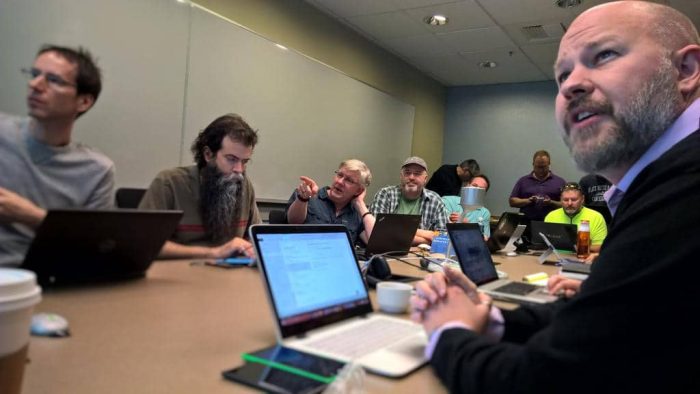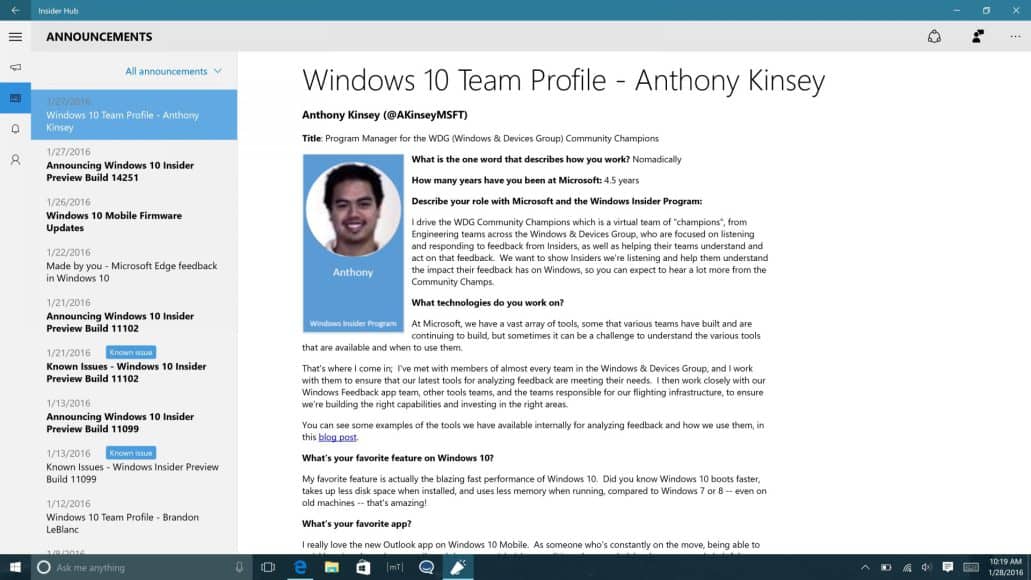New Windows Insider series to go behind the scenes on how Windows works
3 min. read
Published on
Read our disclosure page to find out how can you help Windows Report sustain the editorial team Read more

In the wake of a highly publicized fumble of a Windows 10 Update this fall, Microsoft’s Windows team is going back a trusted move from their playbook of old it seems.
Recently announced, the Windows team is unveiling its Windows Internals Series and is starting off the serial with a deep dive into the development of the One Windows Kernel.
I mentioned that the Windows team is using a familiar move with its announcement of the Windows Internals Series as it seems very reminiscent to an initiative the team used a couple of years ago where they published posts in what is now called the Feedback Hub, about the people behind the Windows 10 experience.
According to introductory post on the Windows Insider blog,
One of the pieces of feedback we regularly hear is that our fans want more detailed and technical articles diving deep into the behind-the-scenes on the development of the Windows OS. To address this feedback, we’re officially kicking off the Windows Internals series of articles today. Some of these articles will be new content published here on our Windows Insider website while others might be links to other blog posts from various teams talking about their work in Windows. The goal is to publish these articles whenever we can but there isn’t a set schedule. Sometimes we may have multiple articles within a single week and sometimes it might be a week or two between new articles. I’m keeping a list of topics in Microsoft To-Do and if you have any suggestions, feel free to tweet them my way!
The deep dive on the One Windows Kernel is published by Principal Group Program Manager Hari Pulapaka, who covers the flexibility and scale at which the Window Kernel operates. Despite the Windows team offering a mind-numbing amount of Stock Keeping Units or SKUs, the way the Windows Kernel operates among those different configurations remains relatively unchanged. The engineering development of such a flexible core is a rather impressive topic of discussion.
As with Windows CE, the One Windows Kernel is being plopped onto a multitude of devices such as laptops, game consoles, ATM machines, and countless IoT devices. Pulapaka covers the evolution of Microsoft’s highly touted One Windows Kernel and how it manages to scale to most architectures.
While this particular first piece of the Windows Internals Series does not directly tackle the feedback and development chain of Insider communication, it’s perhaps safe to say over the course of the series, Insiders will get a bit more clarity on how complex Windows development actually can be, and how somethings can be missed.









